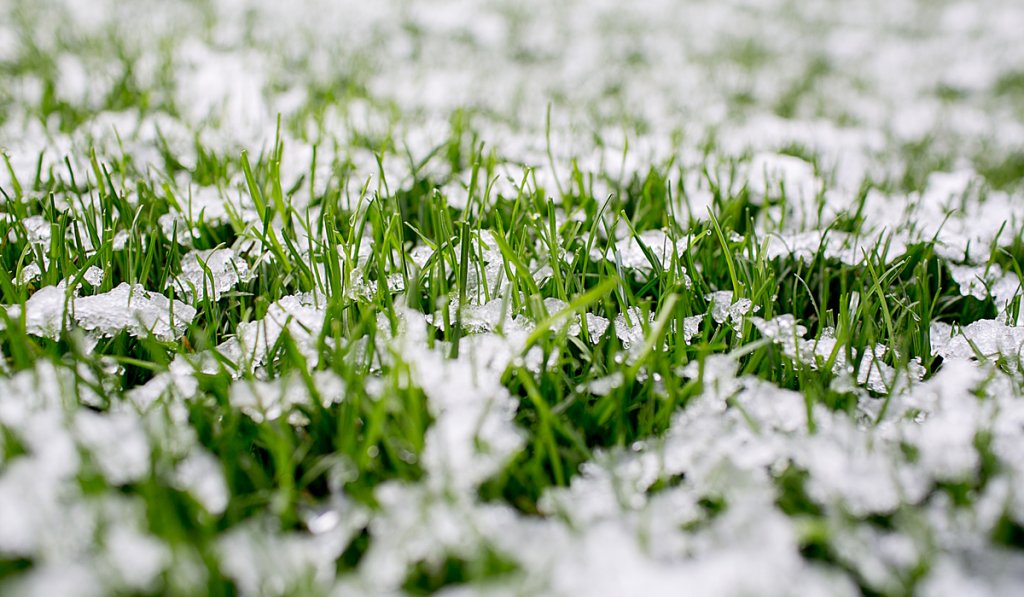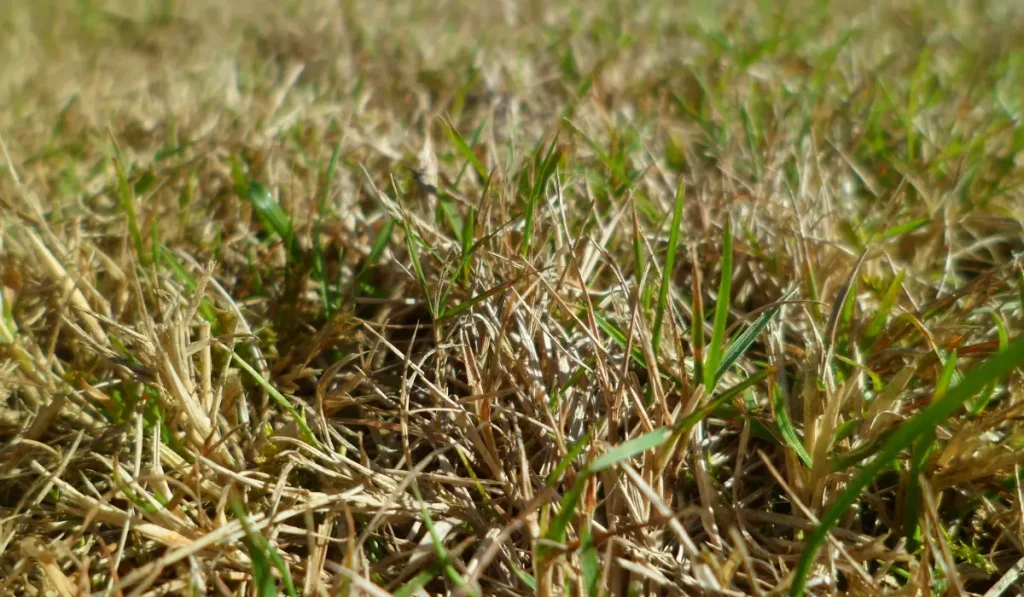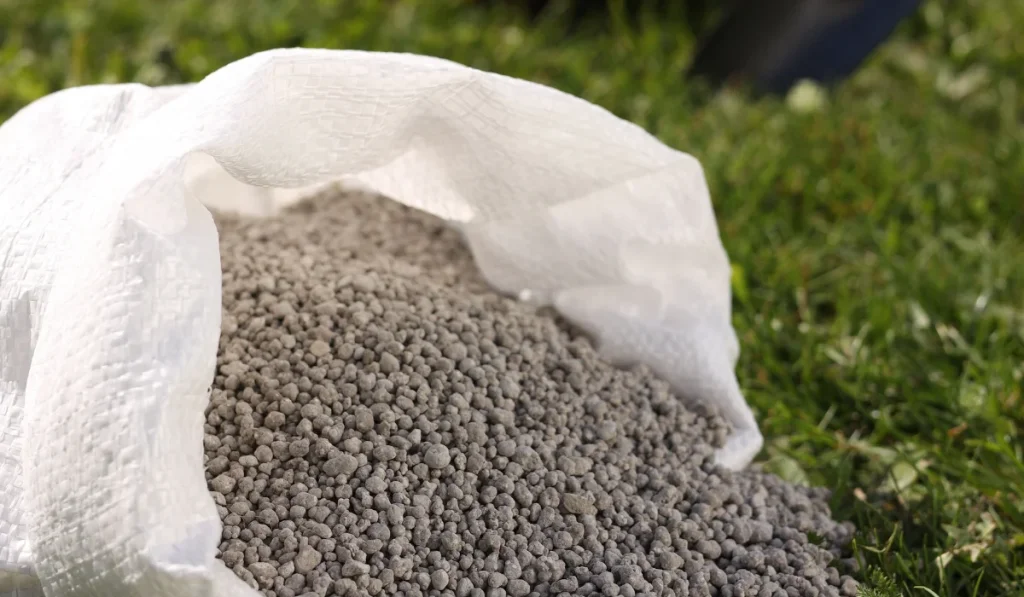Preparing your lawn for the upcoming winter is crucial if you wish to maintain a healthy lawn and hope to see a green, lush lawn next spring. How you treat your lawn now can directly impact how well your lawn will do during the hot summer months of next year. There are several things you can do to help your lawn endure the winter months, along with continuing your maintenance and upkeep, with a few slight changes.
Cut Back on Watering
Cut back on watering your lawn as temperatures begin to cool. Adjust your irrigation systems to avoid wasting water. During summer months your lawn typically required about 1″ of water per week, but you can cut back to half that as temperatures cool, and almost completely if your lawn goes dormant (turns brown).
Cut Back on Mowing
As the weather cools, your lawn will grow more slowly and you can also cut back on mowing. You should continue to mow at a height of 2″-3″, and you may even want to raise the mower a half an inch.
This will help increase the leaf area of your grass, allowing it to capture more sunlight and store more food in the grass roots, which will help with earlier green-up in the spring. This will also help the grass become denser, thus crowding out weeds and preventing them from establishing.
Be sure to remove leaves off the grass, or even better, use a mower with a mulcher that will shred the leaves and distribute them back onto the lawn. Fallen leaves are a great source of organic matter and nutrients for your lawn.
Aerate Your Lawn
After you have given your lawn one of the last scheduled mowing’s before winter, aerate your lawn to help reduce compaction and make it easier for fertilizer to reach the roots of the lawn.
Be sure to aerate your grass at least four weeks before the first frost is expected to occur. After a final mowing and after you have aerated, you will want to apply your fertilizer.
Apply Fertilizer
Late fall fertilization is typically the most important fertilization of the year as it prepares your lawn for the following summer season. Be sure to apply fertilizer before temperatures are too cold and the grass starts to discolor. While nitrogen is normally the most important nutrient in your fertilizer, during fall and winter your lawn may be in more need of potassium. Potassium helps with winter hardiness and improves disease and drought tolerance.
Apply Pre-Emergent Herbicides
Winter weed problems can be minimized by applying pre-emergent herbicides in the early fall before weeds start coming up. If seeds are treated now, they won’t have a chance to sprout. Perennial weeds like dandelion are more easily killed by spraying an herbicide in the fall rather than a summer application. Which herbicide to use depends on what type of grass you have and which weeds have been problems.
Overseeding
Overseeding your lawn is helpful in achieving a fuller and green lawn. You will want to overseed your lawn several (about six) weeks before the temperatures drop to freezing so it has time to establish and develop a strong root system. If you still have bare spots after your initial reseeding, try a second application. Be sure to continue to water the spots you have re-seeded, even if you have cut back on watering the rest of your lawn, to help the new seed establish.
Taking the time to prepare your lawn for the winter months will have lasting benefits. Not only will maintaining your lawn help it stay healthy and strong during winter months it will be ready to withstand the stresses of a hot summer.



